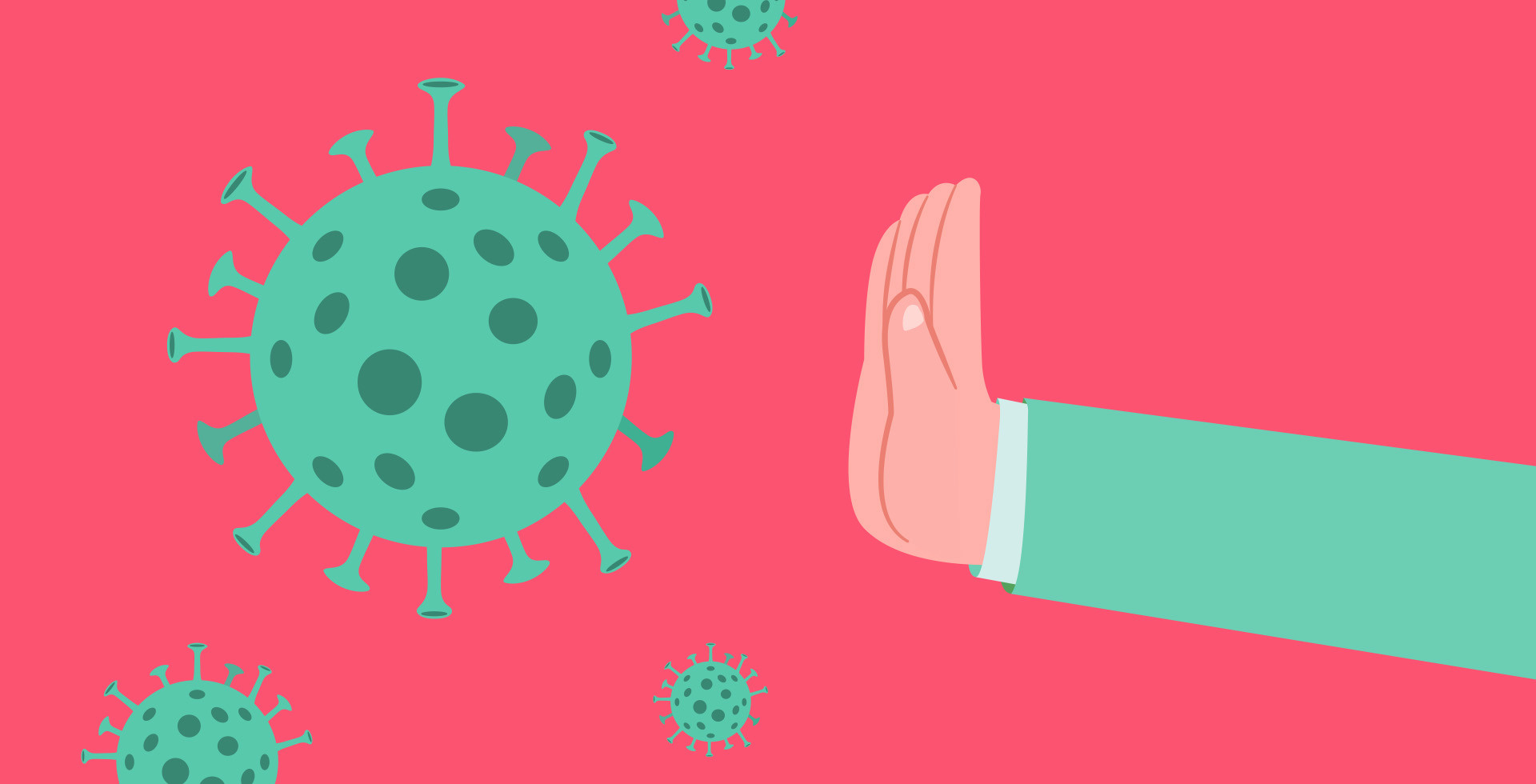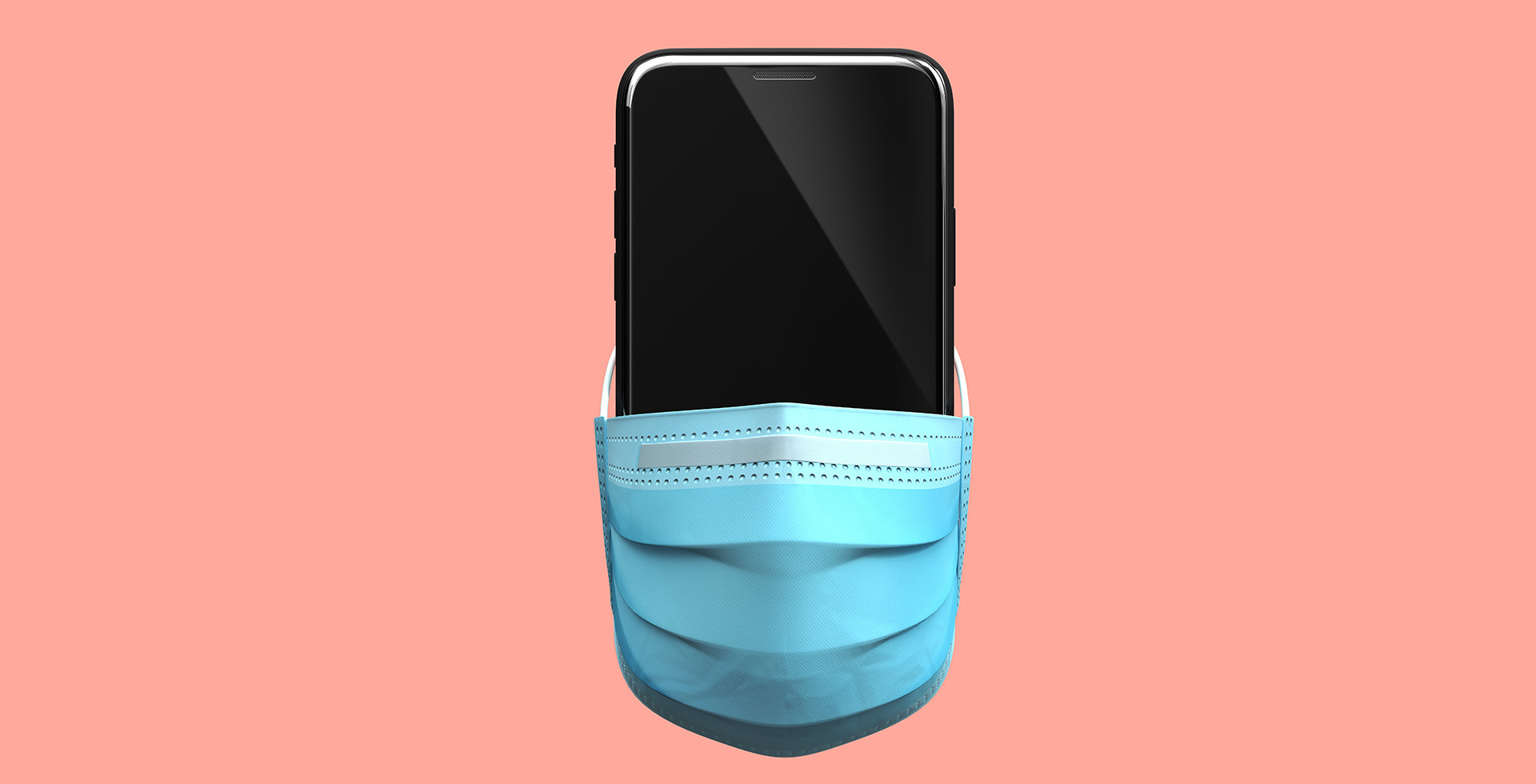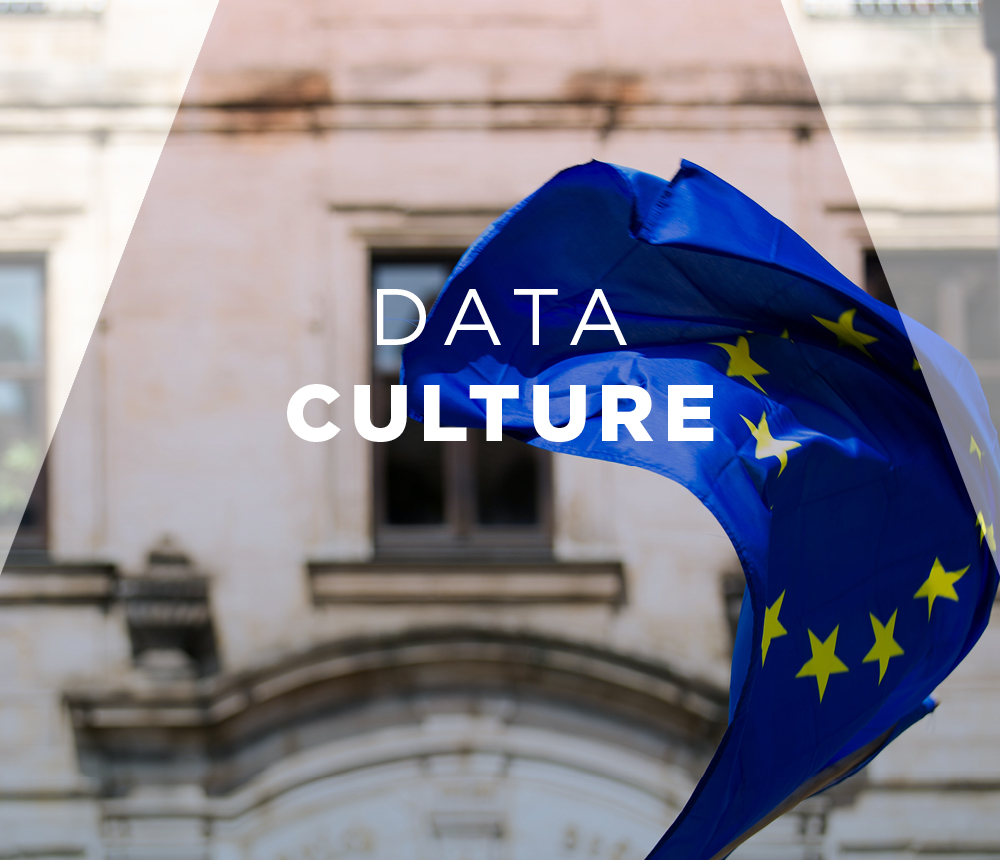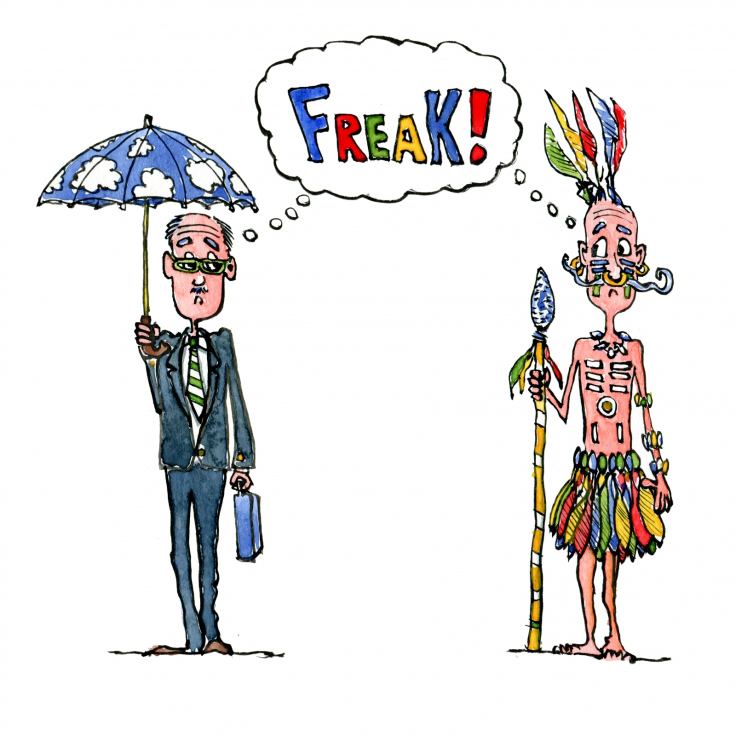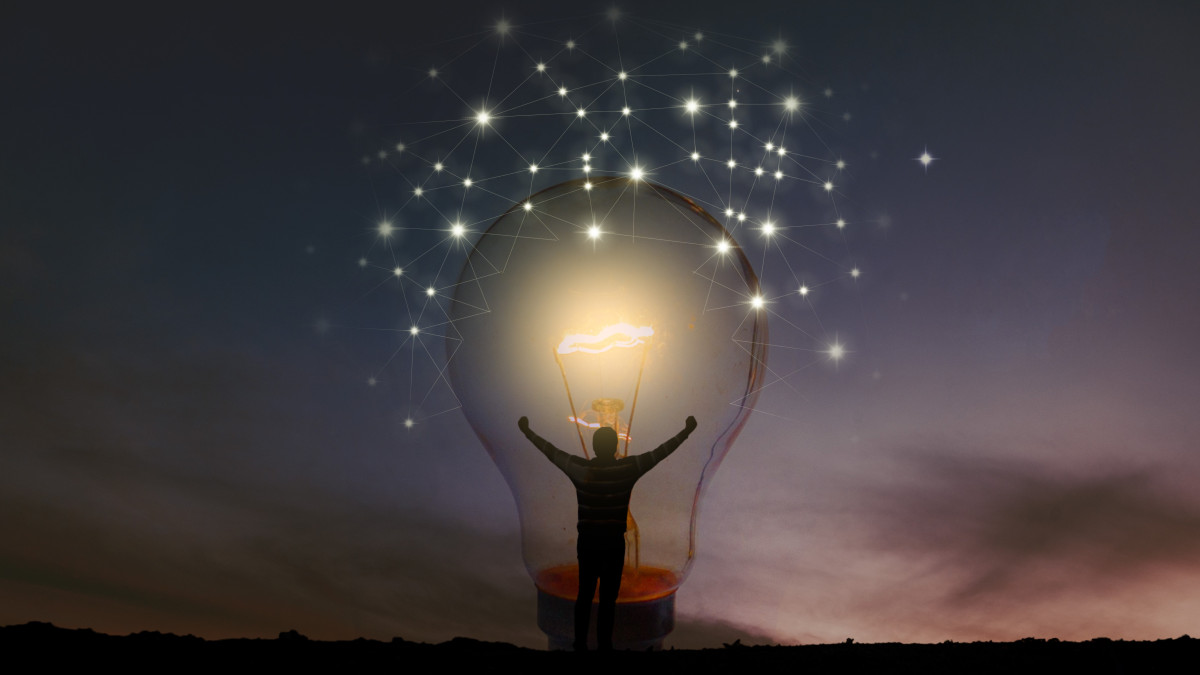Asia is community-centered, not patient-centered, and that has made all the difference in this pandemic. China, Hong Kong, Japan, Taiwan, and Singapore acted swiftly and (after initial delay in China) successfully because in their culture the community has always come before the individual.
“It says you’re supposed to be in quarantine”.
24 November 2020 (Chania, Crete) – Alice Wu is a rather accomplished filmmaker and screenwriter. She was born in California to parents who were immigrants from Taiwan. She earned her Ph.D. in computer science at Stanford University and became the program manager at Cinemania and Music Central, Microsoft’s CD-ROM entertainment offerings. Her long-held desire was to become a writer, which led her to screenwriting and then directing. Her break-out movie was Saving Face in 2005, and she now has another zinger of a movie, The Half of It, out on Netflix. I met her in NYC during a film studio class and for whatever crazy reason she befriended me and has been a fabulous source of inspiration for my first film/documentary due out in 2021.
I tell you all this because she is in Taiwan on business and she has been in my “20+ Club”, my coterie of doctors, epidemiologists, experts and commentators who assist on my COVID-19 series. She recently posted on Twitter and on her blog her experiences regarding how Asian countries are living in this Age of Rona – and thoughts on privacy which certainly differ from the West. I thought I’d use that as a jumping off point to discuss the conundrum over privacy, East vs. West, by adding some points from Helen Kim who is in Hong Kong and works for Project Counsel Media, as well as my own thoughts.
A summary of Alice’s initial thoughts with a few explanations in [ ] :
We touched down in TPE [Taoyuan International Airport, the international airport serving Taipei and northern Taiwan], and were immediately placed in two lines: one for folks with a working international cell phone, one for the rest of us (and put in a line to buy a very affordable local SIM card.) The government is then able to track us while we are in the country. It is a very sophisticated contact tracing system.
Once through immigration and baggage, we are required to take govt-approved COVID-safe cars to our quarantine hotels. (If you are a local, you can self-isolate at home.) No-one can leaving their room (or home) for 15 days. Not for a walk. Nothing.
At the hotel: meals are left outside your door three times a day. There is no contact with anyone. Every day, you get a call from the health department asking if you have any symptoms. If so, they will immediately rush you to the hospital for care.
As a sidebar, I have discovered that I am weirdly okay having all my daily living decisions made for me. Have not yet gone crazy confined within four walls. Perhaps I would have made a good housepet.
After 15 days, and a health check, you are free to go. For 7 more days, you are required to check your temperature every morning [hotels actually gift you a thermometer and they are also free through pharmacies] and someone calls every day to make sure you’re okay.
Because almost all local citizens have voluntarily signed up for contact tracing (and all of us foreigners are required to opt-in) should a case break out, anyone who was in significant contact would be notified, then required to self-isolate for a number of days. Nobody in our group has had an issue, but friends in another group and in another hotel did and the speed/efficiency of the tracking/tracing and health follow-up was amazing.
At any point, if you break quarantine – which they can tell by the movements of your phone – you could be fined TWD10-30k [TWD = New Taiwan dollar. TWD10k would be $350 or €295 or £264]. They are quite serious on this point. Then again, they haven’t had a case in 200 days. And everyone has been living their lives freely since late February due to the severe lockdown and track/trace software in place as of the first week of January.
A note on contact tracing: I’m no expert, and historically a proponent of privacy, but if you have a credit card, or downloaded any number of apps, or you know how the mobile telecom ecosystem works, they will have your info already. So in this pandemic all the locals tell me “it’s a no brainer” and they willingly sign up for contact tracing.
I do remain astounded everyone in Taiwan has been living their lives freely since February. Everything is open. Everyone … and I mean everyone … voluntarily wears masks in public places, but otherwise, restaurants, subways, etc. are packed.
So I guess back in the U.S. this could have been our lives too? Food for thought. More later as my trip progresses.
( Hat tip to Helen Kim in the Project Counsel Media Hong Kong office for the following research )
Taiwan has been ready to face the threat of emerging infectious disease since the SARS virus 17 years ago. When information concerning a novel pneumonia outbreak was first confirmed on 31 December 2019, Taiwan began implementing quarantine of direct flights from China’s Wuhan immediately. But analysts say the real reason Taiwan has been so successful in dealing with COVID-19 lies in the collective efforts of 23.5 million Taiwanese who responded to the threats posed by the pandemic through four principles: prudent action; rapid response; advanced deployment; openness and transparency.
And Taiwan was prepared to adopt strategies such as the implementation of meticulous border control measures, distribution of medical resources, implementation of home quarantine, and isolation measures. A big factor was the formation of a nationally run response team activated by the Central Epidemic Command Center that has been set up last year. That command center took charge on 2 January.
One key aspect was Taiwan began to bar all foreign nationals on 19 March from entering the country. And a 14-day quarantine on nationals returning home turned out to be a far more effective method of epidemic prevention than mass testing. As of 20 November Taiwan has had only 580 confirmed cases and seven deaths. It abandoned the national lockdown in February. There have been no locally transmitted COVID-19 cases for more than 210 days.
Side note: it is regrettable that Taiwan had been excluded from participating in the 9-14 November World Health Assembly meeting due to political interference from China. Much could have been shared by the Taiwan delegates. Nonetheless, the pandemic has proven that Taiwan is an integral part of the global public health network and the “Taiwan Model” can help other countries combat the pandemic.
Taiwan still did its part: it donated 51 million surgical masks and 600,000 isolation gowns to more than 80 countries desperate for help.
QR codes for tracking
(My regular readers have seen this section before in my long-read discussion of COVID-19 mobile monitoring. Hat tip to Ken Xiaoli of the Mobile World Congress for the assistance, and again to Helen Kim)
Taiwan was one of the first regions in the world to apply personal monitoring technology and QR code images, if not the first. Other regions such as Hong Kong, Singapore and South Korea implemented similar measures. This initiative (though not the exact configurations) was eventually rolled out in Italy and Spain.
The idea of this technology is relatively simple: a QR code is an image that links users to a website instead of typing it by hand. It just needs to be scanned like a barcode. Once digitalised with a smartphone, which we all carry, the website displays a personal form with basic questions.
Users type in a personal code, such as an ID document, they indicate possible symptoms (cough, fever, headache, etc.) and the data go straight to Taiwan’s Centers for Disease Control. The key to this approach is for all residents and foreigners arriving in a particular region to take this small test. The Taiwan government made it mandatory.
Those showing compatible symptoms were placed in quarantine and tested, this time with specific tests to detect the virus. There were often false positives, but when a case was confirmed as positive, the aim was to monitor those with whom they had been in contact; a controversial measure in the west.
The website with a questionnaire hidden behind a QR, or the use of Big Data to screen databases in real time, is just part of the puzzle used in Singapore, South Korea, Taiwan, Hong Kong or the rest of China to combat COVID-19. Actively monitoring mobile phones across the country, and therefore its citizens, has been the key measure to stem the pandemic.
In this case, the use of technology is very easy to understand with an example. Helen Kim translated this example from the Taiwan tutorial. All references are to towns and locations in Taiwan:
• Let’s imagine Libo has taken the bus to work, getting on at 8:00 in Puwei and getting off in Datong Farm (Changhua county), at 8:40. After a day’s work with his colleagues, he does the return journey from 16:00 to 16:40. But before going home, he goes to the supermarket and starts feeling unwell.
• When Libo takes the QR test, he self-isolates and self-quarantines until he receives the medical test. Unfortunately, he tests positive for coronavirus. Meanwhile, the government has extracted georeferenced data from Libo and all those that shared the bus, work or supermarket with him and it has asked them via push notifications to self-isolate.
• After Libo tested positive, they too will receive healthcare workers at their home. This highly aggressive procedure which, sometimes leads to large companies or entire neighbourhoods being placed in quarantine, and monitors the movements of millions of people, has proven to be as intrusive but it is efficient.
Despite the fact that, in political terms, the measure contravenes Western values vis-a-vis privacy, the bigger issue stands out: that science, medicine and the health system often permeate political identities and some procedures prove to be much more efficient than others. Something to be taken into account in the future.
As I have noted in previous posts in this series, the COVID-19 pandemic is in many ways an informational problem. Who’s carrying the virus right now? Am I in range of their aerosol exhalations? Who’s already had it? Do their antibodies make them immune? If I test positive, how can I alert all the people who’ve been near me? And what, by the way, should those people do with this knowledge? So information is one key to controlling the spread. That’s good news, because we happen to live in a time when we’re able to gather and use data in ways our ancestors couldn’t have imagined. Nobody during the bubonic plagues of the Middle Ages or the Spanish Flu of 1918 thought: “I bet there’s an app for that.”
But, for the whizzbang digital tools currently being developed to work, people must actually download and use them. That means they must trust these apps. So digital surveillance – which is what we’re talking about – must be in harmony with our social values. And those vary across the world. What, then, are the main “data cultures” to choose from?
At one extreme, there’s what I’ll label “the American approach”, although it’s really a caricature of Silicon Valley and its idiosyncratic mix of tech-utopianism and libertarianism. Here, user data is generally assumed to be free by default – for use by the private sector. Companies like Amazon, Facebook, Google, etc. collect our data to optimize search results, say, or to sell better ads. The government can have the information only if it’s going after crime or terrorism, or something else defined in law, possibly including a virus. But as Edward Snowden shows us, the government actually grabs more.
Another extreme is “the Chinese approach”, though I prefer Andy Kluth’s “Confucian authoritarianism”. Here, even if data is harvested by “private” companies like Alibaba or Tencent, it’s assumed to belong to the state and the party. This information includes everything from people’s movements to their digital wallets, body temperatures and facial scans. All this can be weaponized by the authorities to clamp down on entire populations, such as the Uighurs in Xinjiang. But it can also be mobilized against an epidemic.
Yet another extreme is “the German approach”, which I’ll call “post-traumatic technophobia”. Here, data is assumed to be inherently dangerous, and thus in need of special protection. After all, just imagine what the Nazi Gestapo or the East German Stasi would have done with such information. So data belongs entirely to the user, who must actively consent whenever anybody, private or public, wants it.
I’m using these caricatures as archetypes, because in the current emergency they’re all being scrambled, as countries concoct their own mixtures. And the most interesting hybrid models are in East Asia. Two of the most successful countries in containing COVID-19 are South Korea and Singapore, with approaches that mix the American and Chinese data cultures. I’ll call them “Confucian-democratic,” because they place the public good above individual rights and privacy, but with the consent of the population.
In South Korea, for example, private developers quickly built contact-tracing apps. But the authorities also use footage from CCTV cameras and credit card transactions to track the movements and encounters of potential carriers, up to and including their trysts in “love motels.” People in quarantine are monitored via their mobile phones, in a form of house arrest. Polls show that South Koreans approve of these measures. But in Western countries, this won’t fly.
That’s why the most successful data model in the world so far is not South Korea or Singapore but Taiwan. For lack of a better term, I’ll call its approach “participatory self-surveillance.” Like South Korea, Taiwan enforces quarantines with cellphone tracking and has stitched together various government databases, such as travel and health records. But Taiwan and its people added a twist.
As Alice noted in her commentary above, in effect the whole country voluntarily partnered with the government to create a protean network of databases in which information flows both from the bottom up and from the top down. To make new online and offline tools for fighting the virus, “hacktivists,” developers and citizens have been collaborating with the government of Taiwan, a sort of online democracy town hall and brainstorming site. For instance, in one story Helen Kim told me one tool prevented a run on face masks by mapping where the stocks were and allocating them wherever they were most needed. By involving people in the solutions, rather than just dictating policies to them, the process is transparent and inspires trust, even civic pride.
It remains to be seen whether Taiwan’s model is truly exportable. Considered a renegade province by China and thus excluded from membership in the World Health Organization, the island has since the 1980s turned from a dictatorship into one of the world’s most vibrant democracies. It’s neither polarized and dysfunctional like the U.S., nor bureaucratic and calcified like the EU. The closest European comparison might be Iceland, which, not coincidentally, has a voluntary contact-tracing app, called Rakning C-19, that’s achieved the greatest population penetration in the world, about 40%. But it does not appear to have been the “game changer” expected.
But other countries are considering the Taiwanese approach “for the future”. Probably because the alternatives are worse. The American model, though masquerading as free, is ultimately elitist, imposed by a tech aristocracy on populations that are often digitally and medically disenfranchised. The Chinese model is inherently illiberal and disdains individual dignity and freedom. The other Confucian models, like South Korea’s, are too collectivist for Western sensibilities. And the traditional German/European data angst is paranoid and barren.
My personal view is we must accept the fact that we cannot reject a technological quantum leap on the grounds that it might deprive us of liberty. That’s because during a pandemic, the alternative is interminable lockdowns, which rob us of even more freedom. We should also concede that the new tools can’t always be voluntary and anonymous. As noted by the Johns Hopkins Coronavirus Resource Center, to contain outbreaks, apps must cover at least 60% of the population; to prevent infections, they must give information that is specific. But the problem … especially in America … is that the massive distrust of government means we fear the capture and use of that data for other purposes.
In Europe, Italy was the first major victim of COVID-19 with monstrous number of COVID-19 infections and death. As I noted in a piece in March, Bergamo showed what happens when things go wrong:
In normal times, the ambulance service at the Papa Giovanni hospital runs like a Swiss clock. Calls to 112, Europe’s equivalent to 911 in the U.S., are answered within 15 to 20 seconds. Ambulances from the hospital’s fleet of more than 200 are dispatched within 60 to 90 seconds. Two helicopters stand by at all times. Patients usually reach an operating room within 30 minutes, said Angelo Giupponi, who runs the emergency response operation: “We are fast, in peacetime.”
Now, people wait an hour on the phone to report heart attacks, Dr. Giupponi said, because all the lines are busy. Each day, his team fields 2,500 calls and brings 1,500 people to the hospital. “That’s not counting those the first responders visit but tell to stay home and call again if their condition worsens,” he said.
Ambulance staff weren’t trained for such a contagious virus. Many have become infected and their ambulances contaminated. A dispatcher died of the disease Saturday. Diego Bianco was in his mid-40s and had no prior illnesses. Three more dispatchers subsequently died.
My Italy network has been Tweeting and also sending me private reports. I sit here watching CNN International, live shots of the military arriving in Bergamo with 70 … 70! … cargo trucks to take the coffins. There is simply no more space for them in any of the hospitals or morgues.
Italy became the poster child of what an overwhelmed healthcare system looked like. How could this happen in one of the best health care systems in the world? As Paola Bonomo noted:
It is true that Italy has one of the best health care systems in the world. For those who suffer from cancer, hypertension, diabetes, metabolic syndrome etc. – all of which are non-communicable diseases – the “big killers” of the last 50 years, Italy is among the best places in the world to get health care and live a long life.
But this is not true for highly infectious diseases, for which – as many Italian doctors said – the approach must be community-centered, not patient-centered. And this may be the reason why China, Hong Kong, Taiwan, Singapore, Japan acted so swiftly and (after initial delay in China) successfully: because in their culture the community has always come before the individual.
On the other hand, in the UK and in the U.S. and in the West in general the individual comes first. So, to me, all this chatter in the U.S. and elsewhere in the West about “the community” and “we must come together” is wasted breath. It is not in our DNA.
I’ll repeat what I have said in my series: we’re terrible at comprehending exponential growth (which epidemics are in their early stages), and they quickly overtake our arithmetically-scaling facilities. And we simply could not comprehend this wasn’t ending in a few weeks or even a few months. In March the deaths had barely started in the U.S., neither the economic hardship and desperation.
It became increasingly clear (in hindsight) that the best thing we could’ve done is shut everything down months ago. But could you imagine the panic and rage that would’ve incited? One of the most dangerous parts of this “what if” imposition of draconian measures early on … what if nothing happened? Then everyone who doubted those measures would feel proven right. It would be a polarised field day worse than the one being played now. Yes, we saw all the data coming out of South Korea and Taiwan versus what was happening in Italy, but that is not how our politics or society work any longer. That is not how our leaders operate today.
Because … NEWS ALERT!! …. containing, or suppressing an outbreak, has no surrender ceremony. The victory is in the silence, in the lack of something happening. Think about the decision calculus for a Western leader: if I shut everything down and am right, then nothing happens and everyone blames me for shutting everything down. If I don’t shut things down, and that was the wrong decision, the cases will begin to explode, and then we will all collectively demand a shutdown. That is an almost impossible calculus for an elected Western official. Essentially, it calls for self-sacrifice, because just imagine the backlash on the first scenario. There has to be some logic term for this decision calculus, right? Maybe. But certainly not in America, and we saw what happened in the UK and elsewhere in Europe.
We are already seeking some excellent “in the Age of Rona” long form essays that will certainly be expanded to books: post-plague epics about Western ignorance.
But for the moment we know who the winners are: the Asian countries with collectivist cultures (yes, some are authoritarian) so their success fighting COVID-19 was deeply impressive – but not easy to reproduce elsewhere. Culturally the U.S. certainly has not the capacity to do that. As I said, it is not in its DNA. So expect the West to just bump along, combating pandemics with the feeble tools at its disposal.
But to end on an upbeat note, two bright spots:
• With the announcement of the Oxford/AstraZeneca vaccine, we now have three effective vaccines against the coronavirus with 90% efficacy or above. As Azeem Azhar put it: “Yet, the vector was only sequenced in January. Remarkable: we’ve got this outcome roughly ten times faster than the usual. Earlier conditions like hepatitis or polio took one to three decades from discovery of the infectious agent to a working vaccine”. It is not all rosy as I wrote yesterday because we have a long, uncertain road ahead.
But I’ll chalk this down as a positive. The race for a COVID-19 vaccine is proof that we can overcome difficult challenges. The vaccine is more than just a little bit of science. It is groundbreaking science and a complex coordination problem. And yes the pandemic has shocked us into delivering against that messy interconnected challenge. The pandemic, for better or worse, accelerated experimentation in exponential transition.
• I keep thinking that the kids that survive this will be generating literature and art and media of all kinds, shaped by this experience, for the next 60-70 years. It will be amazing, wrenching stuff. But oh, so glorious.

